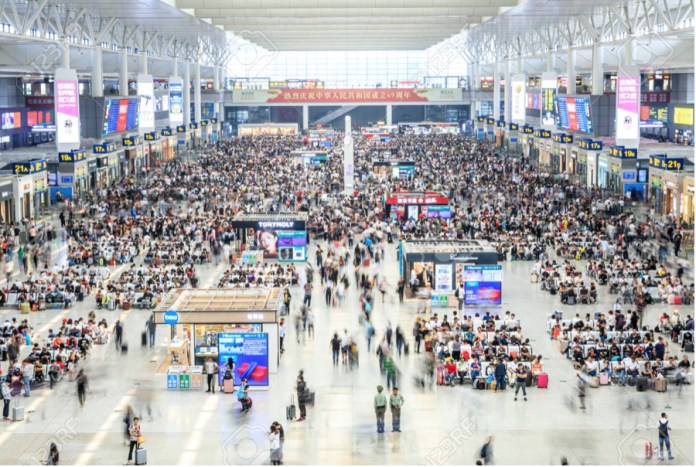Huawei Technologies aims to increase its investment in the development of solutions for indoor coverage digitalization within the next five years, Danwill Duan, Huawei?s general manager of MBB Integration Service Domain, told In-Building Tech.
?In the 5G era, indoor networks will be crucial to high-value mobile networks. Indoor coverage digitalization is the inevitable future of the industry,? the executive said.
He added that Huawei provides indoor network consulting and?planning services, indoor scenario-based solutions (for environments such as business buildings, stadiums, airports and transport hubs, metro and tunnels, enterprise and campus, residential areas, and so on), LampSite full series digital products, and indoor digital integration services.
The Chinese vendor also expects to work with operators and industrial partners in the indoor connected solution business.
?We would like to work with all parties to develop new business models and industrial ecosystems, and usher in an era of 5G indoor digital coverage,”?the executive said adding that in China, Huawei ICS has been selected to deploy indoor connectivity solutions in a number of landmark buildings, such as Beijing Capital International Airport, Hong Kong Metro, Guangzhou South Railway Station, Guangxi Hangyang International Shopping Mall, among others.
?Customers in different scenarios have different connectivity requirements. In order to match those requirements, Huawei ICS provides a series of indoor scenarios-based solutions. For large stadiums which are characterized by large traffic volume, transient traffic bursts, and severe interference, it is necessary to deploy?massive digital solutions,? he said.
?For metro and railway stations which are limited?by installation space availability, these scenarios need?a sharing digital solution.?For commercial buildings such as hotels, offices, shopping mall and supermarkets,? these scenarios need?hybrid digital solutions,? the executive said.
Huawei indoor solutions have been deployed in? 220 stadiums, 200 airports and stations, 60 metro lines, and 40,000 buildings globally, especially in Southeast Asia and Western Europe.

